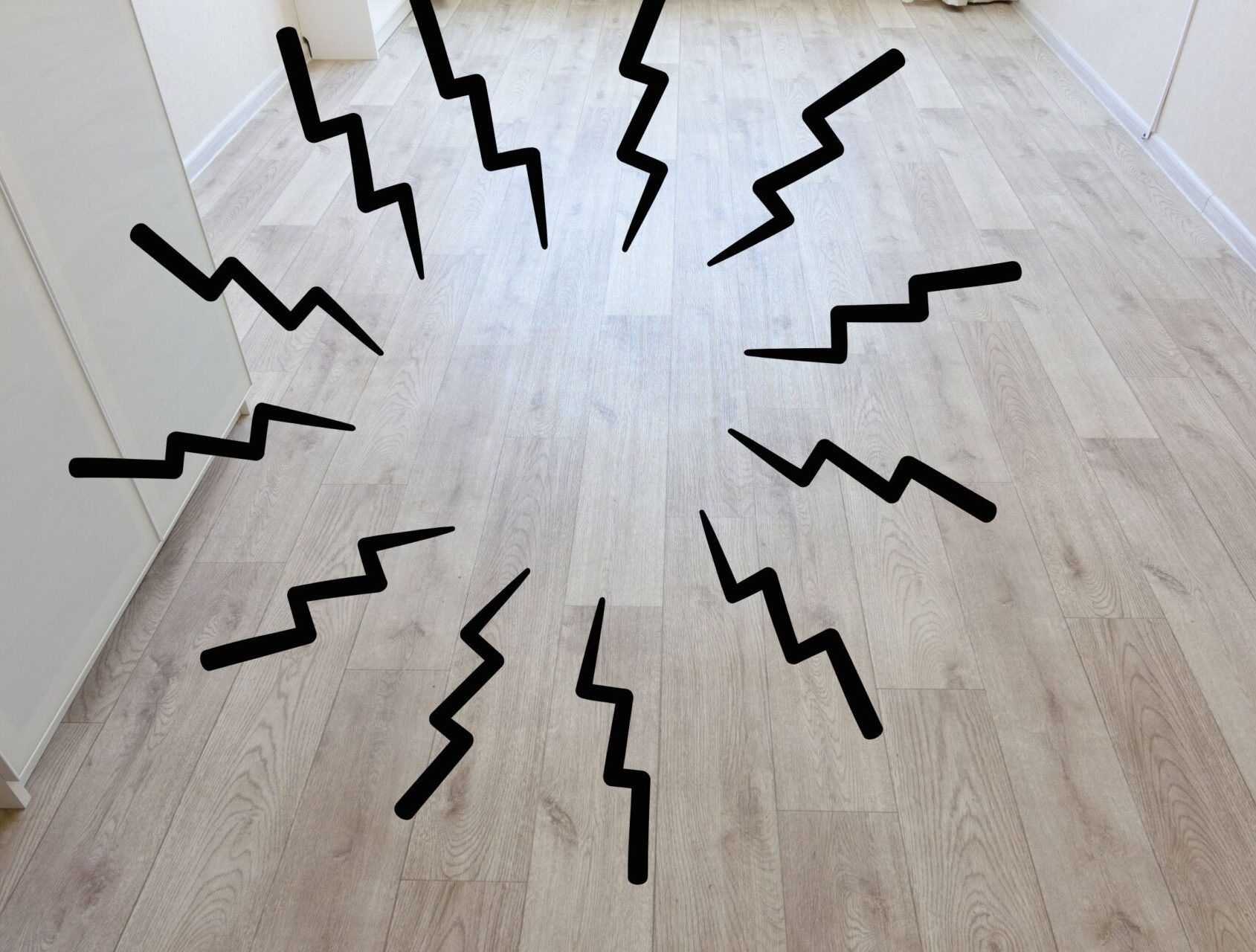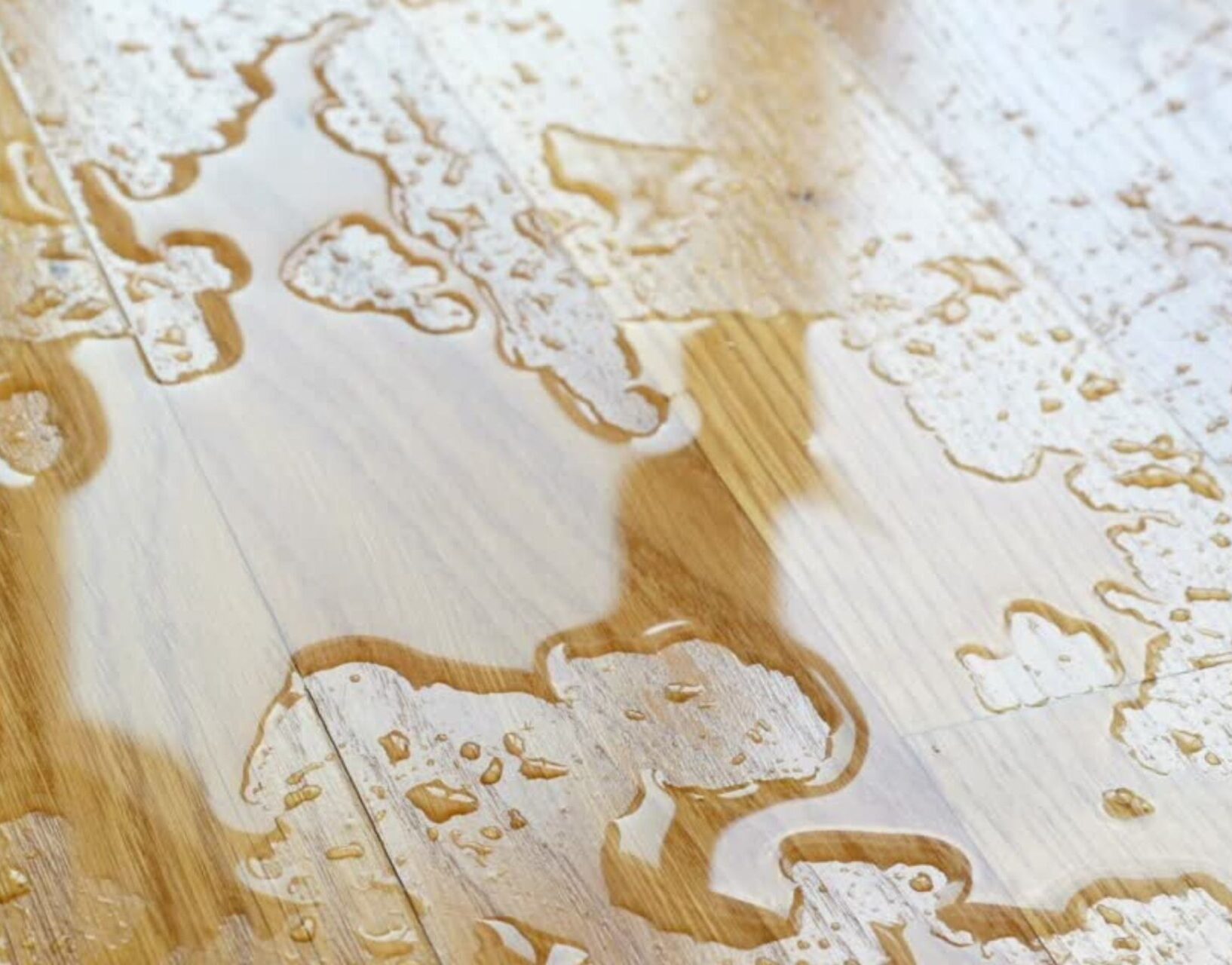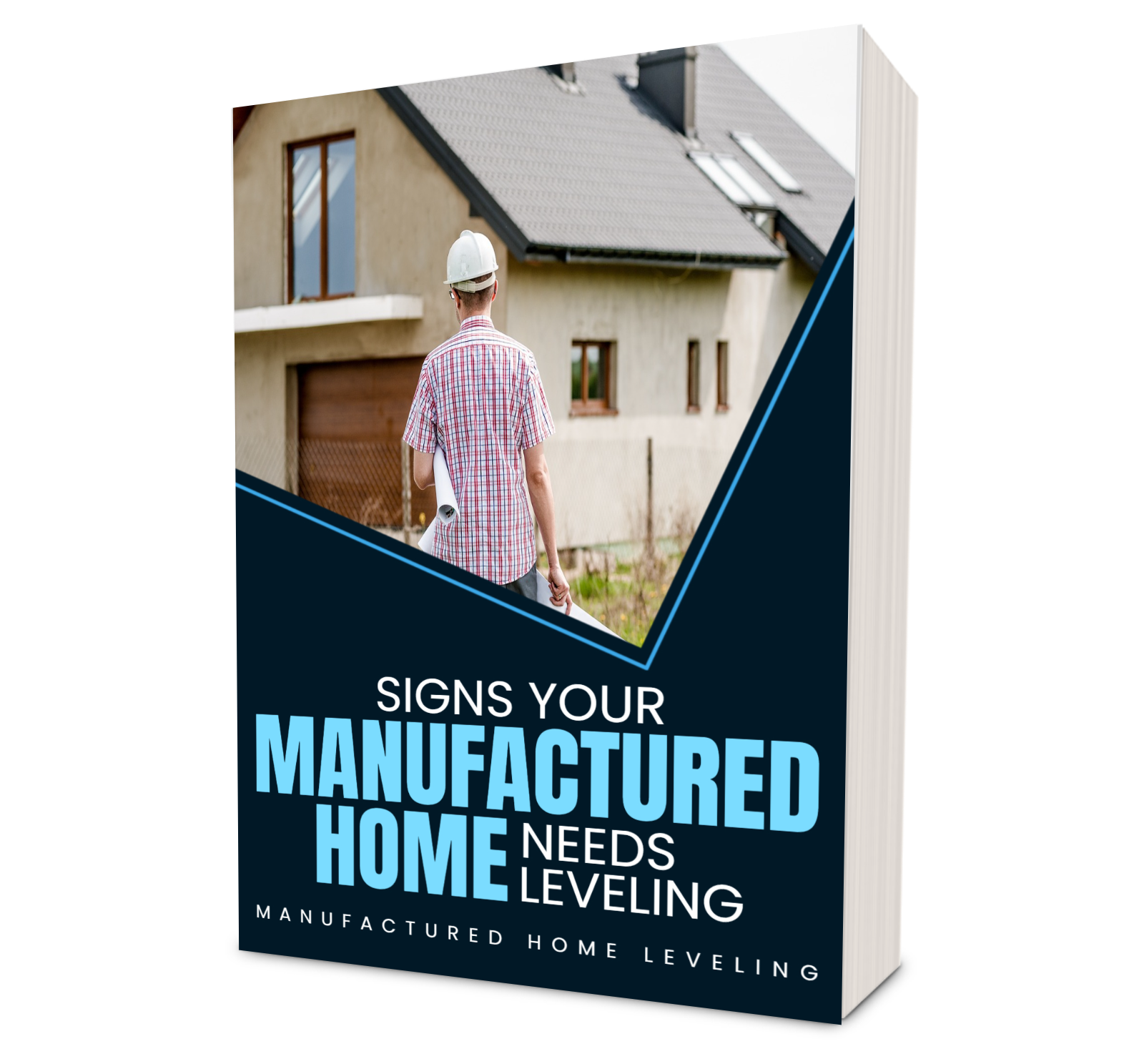How to Fix Uneven Floors in Your Mobile Home: A Step-by-Step Guide
This post contains affiliate links. As an Amazon Associate, I earn from qualifying purchases. View our full affiliate disclosure here.
Is your cozy mobile home feeling more like a ship tossed about on uneven waves? If your floors have dips and sways, making every step feel like a perilous adventure, it’s time to take action. Recognizing the signs of an unlevel mobile home is crucial for maintaining stability and comfort. In this guide, we will explore how to identify and address the common causes of uneven mobile homes, ensuring smooth and level living.
Recognizing the Signs of an Unlevel Mobile Home
 |
 |
 |
 |
1. Creaky Floorboards – Does your mobile home serenade you with unsettling groans from the floorboards? These creaks can indicate weakened joists or structural issues that need attention.
2. Uneven Walking Experience – If every step feels like navigating a treacherous plank, it’s a clear sign of uneven floors. This might be particularly noticeable near doorways and can indicate foundation problems or shifting soil beneath your home.
3. Mysterious Puddles – Unexpected puddles forming in corners or along walls can point to leaky pipes or poor drainage. Water damage can weaken floor supports, leading to unevenness.
4. Tilting Furniture – If your furniture appears to be tilting or teetering precariously, uneven weight distribution or foundational shifts may be the culprit.
Identifying the Causes
1. Shifting Soil – Over time, soil can shift and settle, causing your home to tilt. Factors like erosion, heavy rainfall, or nearby construction can disrupt the soil supporting your mobile home, leading to uneven floors.
2. Foundation Issues – Cracked or misaligned piers can disrupt stability, much like a rickety foundation on a house. These foundation foes need to be addressed to restore balance.
3. Structural Damage – Damaged beams, supports, or floor joists can weaken your home’s framework, creating weak points that contribute to uneven floors.
4. Moisture Problems – Leaky pipes or poor drainage can lead to soil erosion and foundational instability. Moisture is a common menace that can cause significant damage if not properly managed.
Addressing the Signs of an Unlevel Mobile Home
1. Professional Inspection – For accurate diagnosis and effective repairs, always hire a licensed professional. They have the expertise to identify and address the root causes of uneven floors safely.
2. Regular Maintenance – Conduct regular inspections of your mobile home, especially after storms or heavy rain. Look for signs of shifting, settling, or leaks and address them promptly.
3. Foundation Repairs – Professionals can replace cracked piers, reinforce beams, and ensure your home’s foundation is stable. DIY repairs are not recommended due to the complexity and safety risks involved.
4. Improving Drainage – Ensure proper drainage around your home to prevent water accumulation and soil erosion. Good drainage is essential for maintaining a stable foundation.
DIY vs. Professional Help
DIY Repairs
- Advantages: Cost-effective and allows for personal involvement in minor repairs.
- Disadvantages: Requires technical knowledge and can be risky. Improper repairs can worsen the problem.
Professional Repairs
- Advantages: Expertise, safety, and guaranteed results. Professionals handle complex repairs efficiently.
- Disadvantages: Higher cost and less control over the process.
Mobile Home Leveling Tools Professionals Use
Leveling a mobile home is a task that requires precision and the right tools.
A mobile home leveling company uses a variety of specialized tools to ensure that the process is done safely and effectively. Here are some of the key tools and their uses:
1. Laser Level – One of the most essential tools in mobile home leveling is the laser level. Leveling a mobile home with a laser level projects a laser beam that provides a consistent level reference point across a large area. By using a laser level, professionals can accurately determine the degree of unevenness and make precise adjustments to ensure the home is perfectly level. This tool is invaluable for setting benchmarks and ensuring all parts of the home are aligned correctly.
2. Mobile Home Leveling Shims – Shims are thin, wedge-shaped pieces of material used to fill small gaps and create a level surface. Mobile home leveling shims are often made of plastic or wood and are used to make fine adjustments under the piers or blocks that support the mobile home. They are crucial for achieving the exact height needed for a level foundation.
3. Mobile Home Leveling Wedges – Similar to shims, wedges are larger and provide greater adjustment capability. They are placed under the piers or blocks to lift and support the mobile home. Professionals use wedges to make broader adjustments before fine-tuning the level with shims. These tools are essential for distributing weight evenly and providing stable support.
4. Hydraulic Jacks – Hydraulic jacks are used to lift the mobile home during the leveling process. These powerful tools can raise sections of the home, allowing professionals to place or adjust piers, shims, and wedges as needed. Hydraulic jacks provide the force required to safely elevate the structure without causing damage.
5. Pier Pads and Blocks – Mobile home leveling pads and blocks are used to create a stable base for the piers that support the mobile home. Pier pads distribute the weight of the home over a larger area, reducing the risk of sinking or shifting soil. Concrete blocks are commonly used as piers due to their durability and strength.
6. Moisture Meter – A moisture meter is used to detect any hidden water damage or moisture issues under the mobile home. Excess moisture can cause soil erosion and weaken the foundation. By identifying moisture problems early, professionals can address them before they cause significant damage.
Using these specialized mobile home leveling tools, professionals can ensure that your home is level, stable, and safe. Attempting to level a mobile home without the proper equipment and expertise can lead to serious safety risks and further structural issues. Always seek the help of licensed professionals for mobile home leveling to ensure the job is done correctly.
Conclusion
Maintaining a level mobile home is essential for comfort and safety. By recognizing the signs of uneven floors, identifying the causes, and choosing the appropriate repair methods, you can ensure your home remains stable and secure. Always prioritize professional help for complex issues and stay vigilant with regular maintenance to prevent future problems. Your mobile home should be a haven of comfort, not a ship battling the waves. Smooth sailing ahead!
FAQs
How Much Does It Cost to Level a Mobile Home?
The cost to level a mobile home typically ranges between $450 and $1,500. For single-wide homes, you can expect to pay around $450 to $850, while double-wide homes usually cost between $800 and $1,500. Prices vary depending on factors such as the size of the home and the extent of leveling required. Given the complexity and precision needed for proper leveling, it is highly recommended to hire professional services to ensure the job is done correctly and safely. Professionals have the expertise and equipment necessary to handle the leveling process efficiently, providing peace of mind and preventing potential future issues.
The information provided in this blog post is for general informational purposes only. Mobile home leveling involves complex processes that should not be attempted as a DIY project. We strongly recommend seeking professional help to ensure safety and proper handling. Always consult with licensed professionals for any mobile home leveling or structural repairs. Your safety and the stability of your home are our top priorities.
This website participates in various affiliate programs, which means we may earn a commission if you purchase through our links. This does not incur any additional cost to you, and it helps us keep providing quality content. Our participation in these programs does not influence our recommendations or advice, as we are committed to integrity and transparency in all our content.
- Mobile and Manufactured Home Foundation Types: What You Need to Know!
- Everything You Need to Know About Mobile Home Leveling Wedges: Installation & Tips
- How to Level Your Mobile Home with a Laser Level: Step-by-Step Expert Guide
- Mobile Home Skirting 101: What You Need to Know Before You Buy
- Window Screens for Mobile Homes: The Essential Guide You Can’t Afford to Skip
- Mobile Home vs Trailer Home? Discover the Key Differences and Make the Right Choice!
- Modular Home vs Manufactured Home: Uncover the Hidden Differences Before You Decide!
- Mobile Home vs Manufactured Home: Which One is Right for You?”
- Professional Mobile Home Leveling: What to Expect
- Mobile Home Water Level 101: What Every Owner Needs to Know


